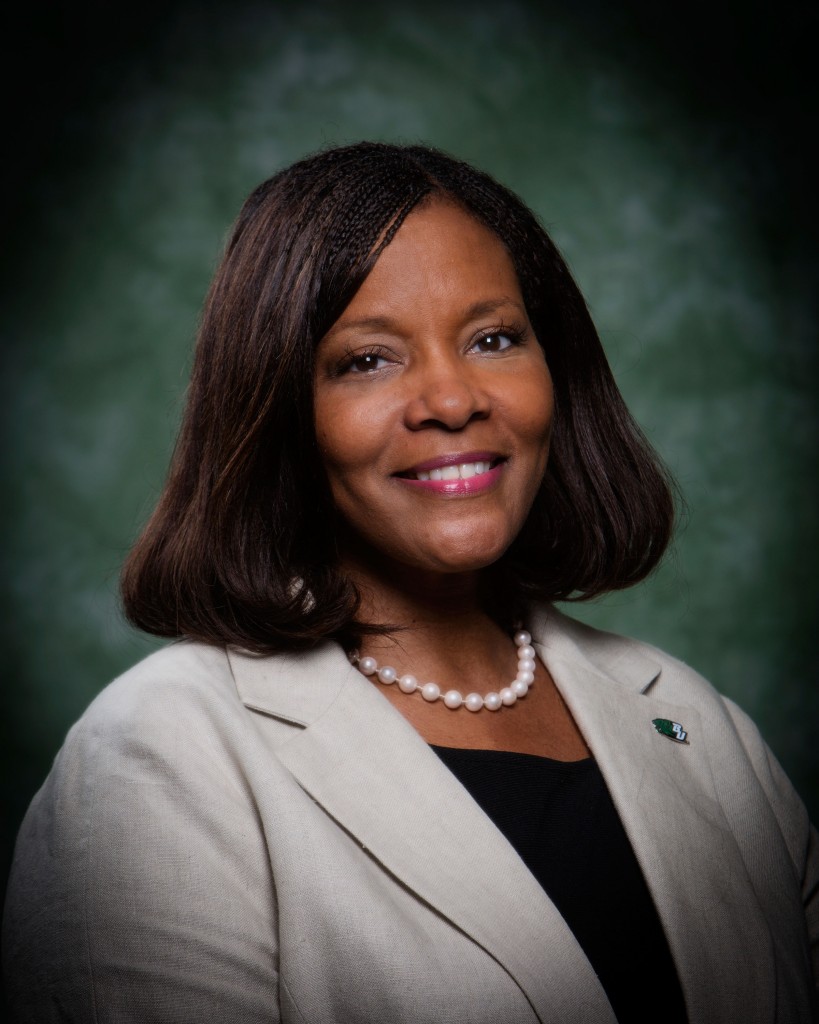
On Aug. 26, Binghamton University President Harvey Stenger announced that the Office of Diversity, Equity and Inclusion would be replacing the Affirmative Action Office.
Valerie Hampton, former director of the Affirmative Action Office and chief diversity officer for the new office, explained that the goal of the change was to foster greater diversity on campus rather than just address discrimination.
“We’re looking to broaden the scope of the office,” Hampton said. “We used to look just at rule appliance and recruitment for students and faculty. Now we’re looking to enhance diversity across campus.”
Daryl Santos, director of the Integrated Electronics Engineering Center and new vice provost of the office, agreed.
“I used to work with Hampton before to find new faculty,” he said. “The Office of Affirmative Action was primarily focused on hiring, but the fact that the president is even setting up this new office is big.”
In the office’s infancy, Hampton hesitated to commit to future plans and said the next semester or two would mainly consist of researching and polling the University body.
“We need to check the campus climate and get a sense of how students are feeling,” Hampton said. “We will conduct several surveys. I don’t know the format, but it will probably have different approaches such as focus groups, polling and online surveys.”
According to Hampton, the office and its new mission were inspired by research and work done by the Road Map project.
“This change is a product of the Road Map initiative, the idea to create an office of diversity came out of that,” she said.
The new office includes six divisional liaisons in academics, student affairs, research, advancement, administration, athletics and research; all were assigned to the office before the start of the fall semester.
The divisions met for the first time Monday to discuss “how to make things tangible,” Santos said. “Val has already started meeting with each liaison, though, to find out what our roles should be.”
Despite just opening, several student leaders expressed excitement over the new office.
“I am glad to hear that this office is up and running,” wrote Isis McIntosh Green, vice president of multicultural affairs and a sophomore double-majoring in human development and history, in an email. “Throughout the past year many events have occurred that have shown a schism with the student body and now it is time to up awareness. I trust the team of people chosen for the Road Map to Diversity and Inclusiveness have a great deal of experience and drive to educate students who may have been closed minded or miseducated about ideas, cultures and beliefs of those unlike themselves.”
Despite a press release sent to students about the changes, the opening of this office confused some students.
“To be honest, I wasn’t really aware we had an Office of Affirmative Action, but I like the change. I think it better reflects what a university should embody as a view toward cultural diversity in its students,” said Itai Ferber, a sophomore majoring in computer science. “I don’t know if the change will reflect a change in policy, but I think it’s a better name.”
The changes were met with skepticism by some students, echoing the reactions of last year’s attempt by the Student Association to rename the vice president of multicultural affairs to the vice president of diversity and inclusion. The proposal was defeated in a ballot referendum last spring.
“I don’t really care about the name change, at least not beyond it seeming like an annoying marketing gimmick,” said Hamilton Sands, an undeclared sophomore. “As for the expansion to ‘facilitate greater diversity on campus,’ that’s cool stuff. It sounds good, assuming it’s not BS.”
Khasim Lockhart, a senior majoring in English and president of the Men of Color Scholastic Society, thinks that the University is making improvements in terms of inclusiveness.
“To be honest, I didn’t even know the previous president. President Stenger has made himself available at NAACP meetings, the Anti-Racism Rally and around campus,” he said. “If the University is going to be one of the premier public universities then more inclusiveness is definitely needed. But we’re heading in the right direction.”


